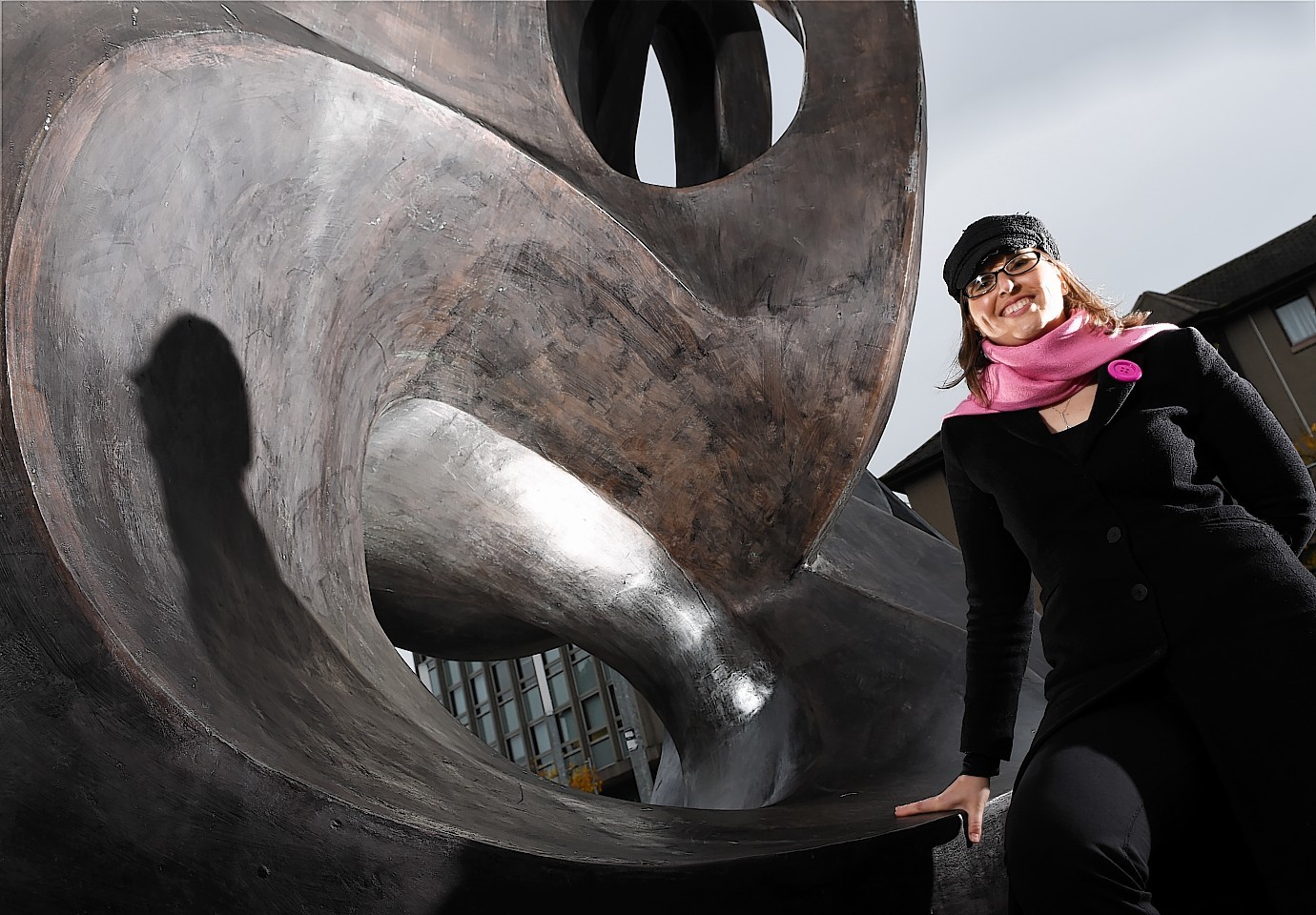The north-east will host a global art event this weekend to celebrate the hidden culture of the Cold War.
Aberdeen University will welcome performance artists from across Eastern Europe and the UK to discuss the development of the discipline behind the Iron Curtain.
Under Soviet rule, performance was one of many art forms outlawed by the state and, as a result, it developed underground and became an expression of rebellion.
As part of the event, Croatian artist Bozidar Jurjevic has planned a performance on the plaza outside the Sir Duncan Rice Library at 10.45am on Saturday.
Amy Bryzgel, who lectures in film and visual culture at the university, helped organise the event.
She said: “The conference aims to explore the development of performance art in Eastern Europe, North America, and the north-east of Scotland, highlighting connections and networks between artists on both sides of the Berlin Wall.
“Little is known about the development of performance art in the East and we want to address those gaps in our knowledge.
However, we didn’t want the event to be a purely academic exercise, after all performance art is to be enjoyed, so the conference brings together not only researchers who focus on this region of the world, but also performance artists themselves.
“Despite the fact that the Iron Curtain divided artists in the communist countries of Central and Eastern Europe from the West, artistic exchanges still managed to take place.
“It is important to highlight the fact that it was artists, often working in a grey area between culture and politics, were among those who managed to defy borders through their art.
“This is a great opportunity for anyone interested in this art form to learn more about an often overlooked region which is home to a large number of talented performance artists and researchers.”
Meanwhile, Peacock Visual Arts will also be running This Is Performance Art across the weekend, which will tie into the university’s event.
“We have also joined forces with Peacock Visual Arts and their This Is Performance Art (TIPA) series which will run across the same weekend to offer the public a real insight into this exciting art form.”
The conference is free, but booking is required by visiting the university website, at www.abdn.ac.uk
